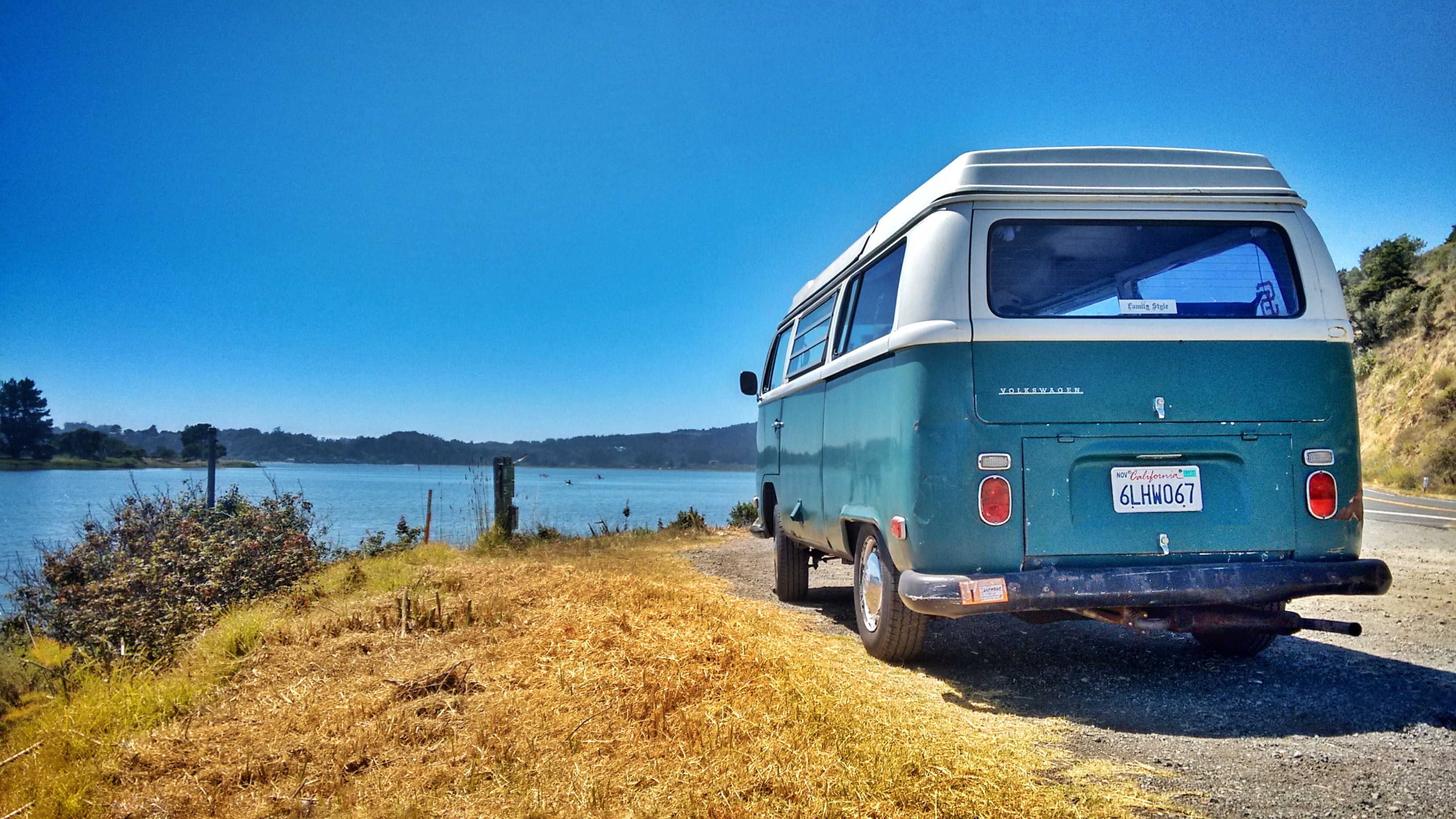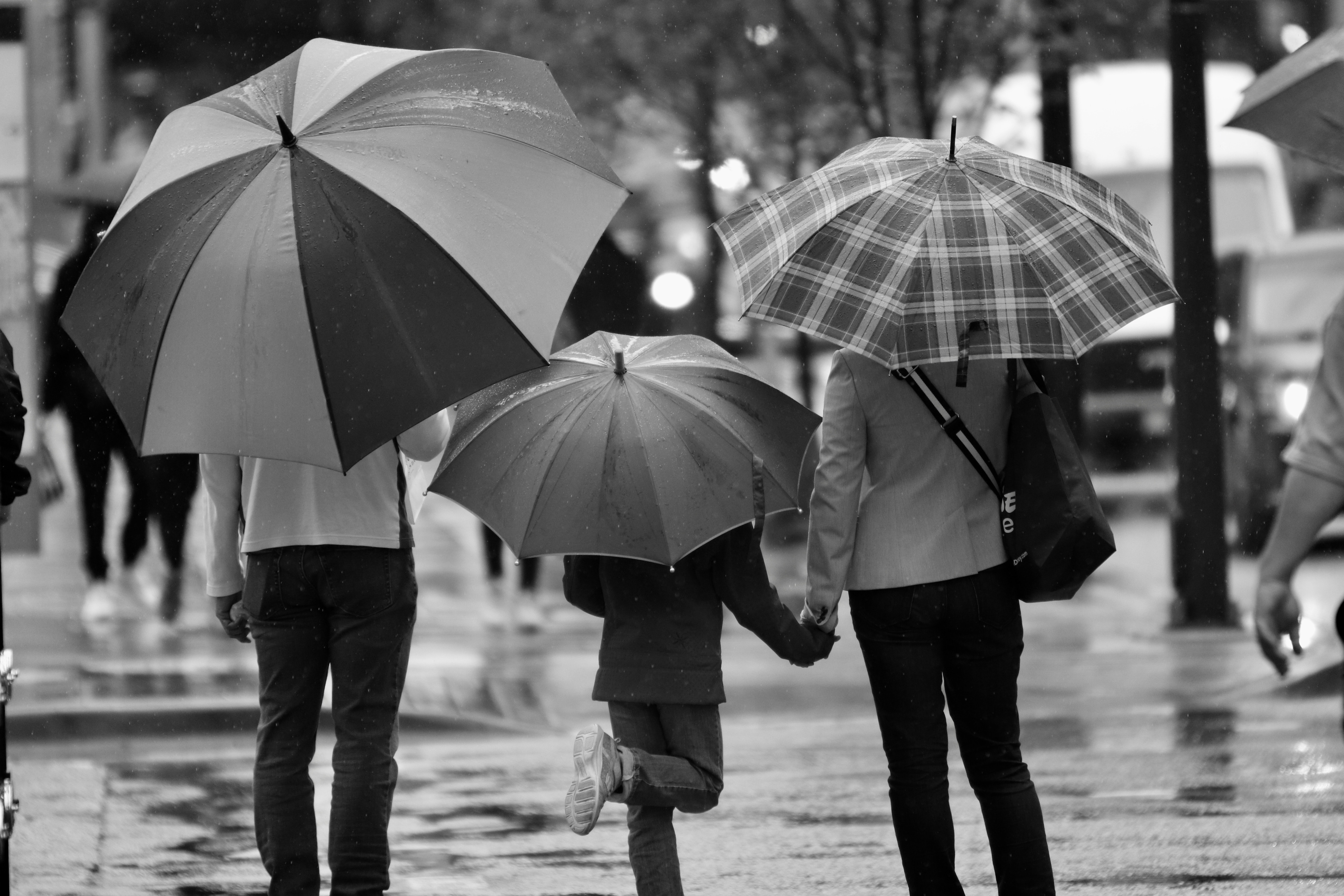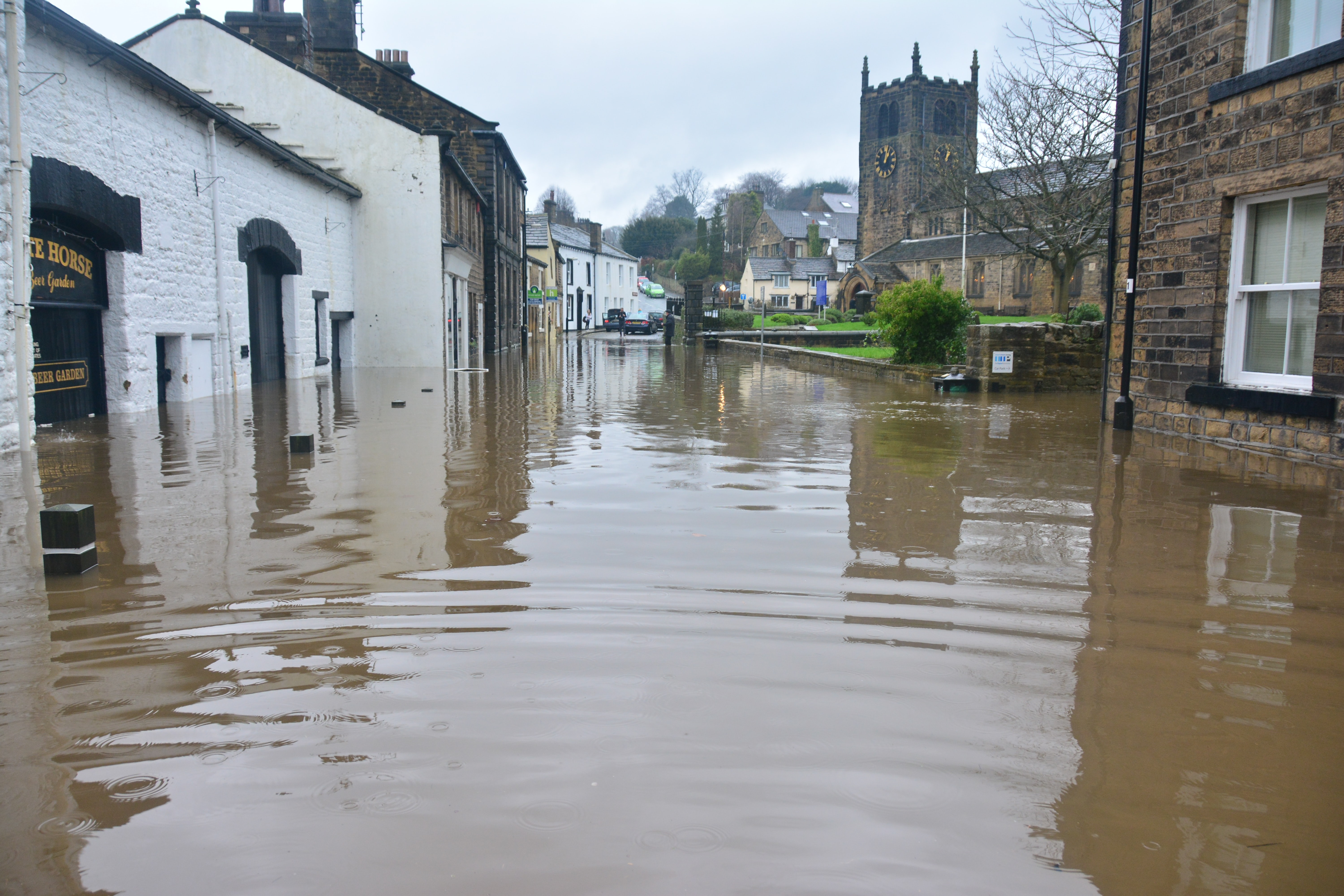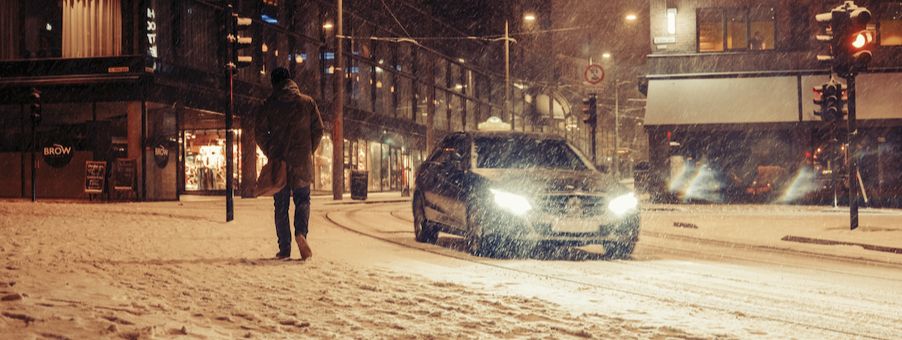We’ve all heard the phrase and probably heard the song ‘Four Seasons in One Day’. Nowhere is that more evident than in the United Kingdom which has one of the most changeable daily weather patterns in the world, which makes it one of our favourite things to talk about. But for the retail industry, the unpredictable weather can have a devastating impact on sales.
Data from The Weather Channel suggests that a seasonal temperature of 1°C higher or lower than average, typically leads to a 1% change in sales. In the UK retail sector, which is worth almost £400 billion, this would equate to a loss or gain of around £4 billion.
Cold Weather
British people can expect cold weather at any time of the year, and it seriously affects shopping habits. For example, the ‘Beast from the East’ had a severe effect on retail sales in 2018, contributing to a slowdown of the entire British economy.
An extended winter can lead to drops in clothing sales as people won’t want to commit to buying new Spring/Summer items. This affects sales and leaves retailers with an abundance of stock that is difficult to move, meaning that they must reduce prices if they end up trying to sell those items out of season.
If the weather becomes too bad, customers will end up shunning brick and mortar stores and shopping centres in favour of online shopping. This affects petrol sales, as people are more likely to leave their cars on the drive, but food sales are likely to increase as people crave hearty, warming meals when it’s cold outside.
Hot Weather
The sun also plays a key role in the ups and downs of the retail industry. When the sun comes out, it has a major effect on the introduction of new lines. For example, if weather experts predict an early Summer with hot weather for April and May, it’s likely that retailers will put their beach accessories, BBQs and summer clothing lines on display, ahead of schedule. This is a risky strategy, because if the hot weather fails to materialise – not uncommon in Britain – many retailers will have to start sales early to sell unsold stock, which impacts their margins.
Another example of how hot weather can prove disastrous for the industry is when we have an Indian Summer, and the warm September weather causes a reduction in the price of the already introduced Autumn clothes lines. Warm winters will inevitably cause a decrease in sales of items such as blankets, shovels, and hearty foodstuffs.
So, although hot weather is great, its somewhat unpredictable nature can cause headaches for retailers and leave them with a sense of missed opportunity.

Wet Weather
During periods of extended wet weather, there are both positives and negatives for the retail industry. High Street shops tend to suffer because consumers want to avoid exposing themselves to the elements, so where do they go instead? Most likely shopping centres where they can keep warm and dry as they go from shop to shop.
Wet weather can also lead to an increase in food sales, as consumers decide to cook at home instead of eating out at a restaurant. However, rain can dampen the sales of clothes, especially if we experience a soggy summer. This causes summer lines to go unsold, and because there is too much stock left over, the only option to limit losses is to sell it at a discount.

Extreme Weather Conditions
Over the past two weekends, Storms Ciara and Dennis have had major effects on retail footfall. On the 15th and 16th February, footfall declined by 16.3% according to Research by Ipsos Retail Performance. Consumers won’t risk going outside in extreme weather conditions unless they have to.
However, missed sales opportunities pale in comparison to what happens to retail stores when the weather becomes severe. Storm Dennis caused devastation in many towns and cities, with pubs, homes and shops suffering serious damage. With rivers and streams bursting banks and with drains unable to cope with the volume of water, many High Streets became completely flooded, affecting independent and big-name retailers alike.
We can hope for the best and plan for the worst, but even that isn’t enough sometimes. Extreme weather conditions will cause major disruption and have a negative effect on retailers.

Extreme weather can cause both disruption and opportunity, and it is up to retailers to harness the opportunity. Our teams at RMS react quickly to weather changes by providing an emergency merchandising service that allows retailers to maximise their sales opportunities. Whether the UK experiences an extended winter or an Indian Summer, we’ll ensure that your customers receive a great shopping experience all year round.
